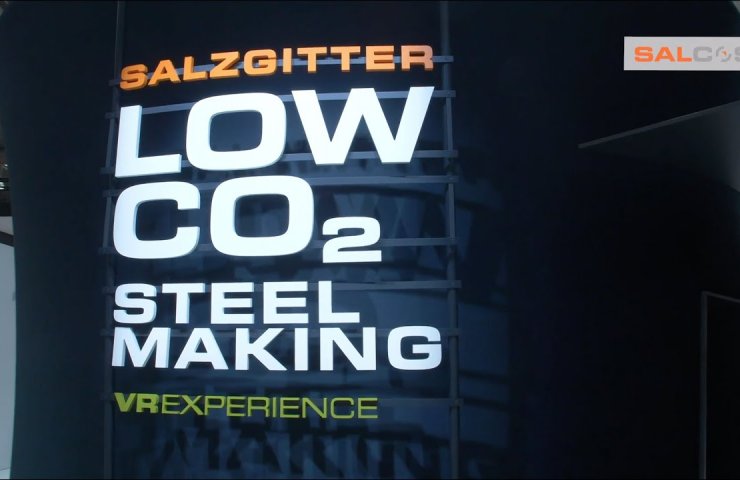Everyone talks about the danger of man-made carbon. However, getting businesses to cleanse it out of the environment is a challenge for the mythical Hercules. However, new ideas to reduce CO2 emissions may be just around the corner for steelmakers.
“The technology is there. What is missing is the conditions for its cost-effective implementation, ”says Volker Hille, head of corporate technology at the German steel manufacturer Salzgitter.
Like other major players in the industry, ArcelorMittal and ThyssenKrupp, the company is looking for new technologies that prevent the huge carbon footprint of steelmaking.
Coal is now used almost exclusively for steelmaking to remove oxygen from iron ore. But this is exactly what creates a gigantic amount of CO2 at the end of the process chain.
Hydrogen instead of carbon
It has long been known that in metal processing, hydrogen can also play the role of carbon in steel production. As a result, at the end of the process chain, there will no longer be CO 2 , but rather harmless water, H 2 O. This is the path that the German Salzgitter took.
“We are focused on getting rid of carbon in our processes and thus avoiding CO 2 emissions directly,” says Volker Hille. The model that Salzgitter prefers is a new combination of technologies that already exists in principle. The only real add-on that should come into play is natural gas.
There are several regions of the world where natural gas is cheaper than coal. “Natural gas is essentially methane (CH4) with hydrogen bonded to it,” explains Hille. "If you look at the chemical reactions we need - with natural gas, hydrogen does half the work."
Relevant industries are already operating in North Africa, the Middle East, and the Gulf of Mexico and the US shale gas belt. These natural gas units can also use hydrogen with Salzgitter's technology and work with any ratio of natural gas.
Natural gas as a bridge
By simply switching to gas, large amounts of CO 2 in Germany can be avoided. The potential for emission savings will be over 60 percent compared to today if the retrofit smelters are used exclusively on natural gas. Using a combination of half natural gas and half hydrogen, the reduction would be about 80 percent. Relying solely on hydrogen, CO 2 emissions can be reduced by 95 percent.
But the transition to green steel production will be costly. And economic barriers are higher than technical ones. The costs of natural gas, hydrogen and the energy required for the climate are too high compared to today's coal. From a business perspective, investments in new industrial scale plants would only be justified if they could continue to produce steel on a competitive basis.
Time is running out
Time is short. In the Paris climate agreement, the international community agreed that the rise in global average temperatures would be kept below 2 degrees Celsius above pre-industrial levels. At the same time, efforts must be made to limit temperature rises to 1.5 degrees Celsius above pre-industrial levels, says Niklas Schinerl, an energy expert at environmental organization Greenpeace, when asked about desired climate targets.
Assuming that the goal is to raise temperatures by 1.5 degrees Celsius, you ultimately need to produce carbon neutrally by 2035. Climate neutrality in 2050, which metallurgical company ThyssenKrupp is striving for, is based on a 2 degree increase, not a Paris climate agreement.
Huge additional energy requirements
Steel specialist Volker Hille sees another challenge in the growing demand for energy from climate-neutral technologies. And this is an issue that has hardly been addressed by the general public as the expansion of renewables is geared towards the current size of the electricity market.
“If the chemical industry, the steel industry, the cement industry - really energy intensive industries - are interested in decarburization, then they need to understand that this will require a significant amount of electrical energy,” says Hille. “If you decarbonize the European steel industry our way, which ultimately leads to a 95 percent reduction in CO 2 emissions, then you will need an additional 400 terawatt hours of electricity per year. For comparison, Germany now generates only about 600 total terawatt hours. These numbers




